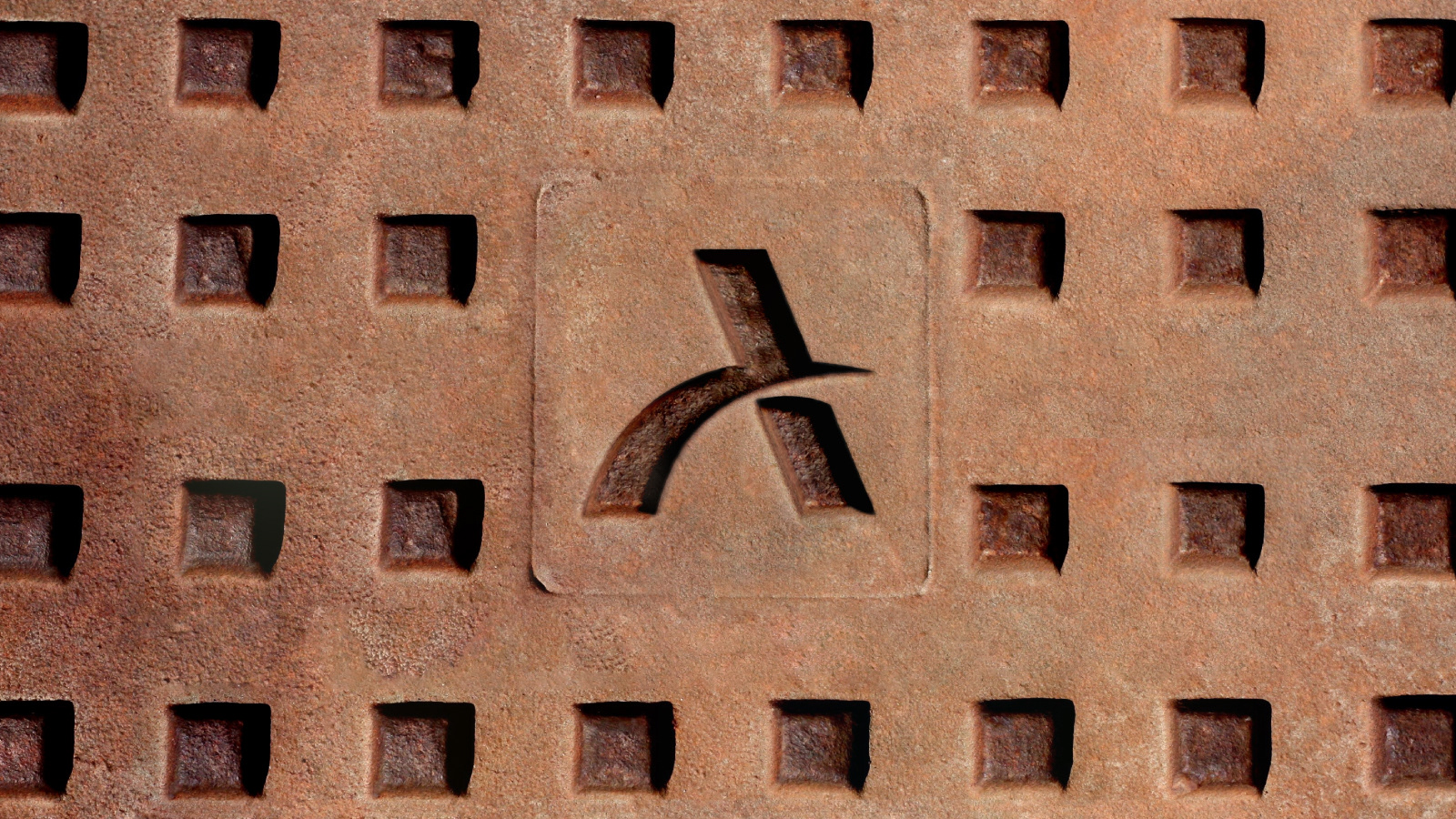Faux Nostalgia:
The Mystery Solvers Club
Photo-Manipulation, Digital Painting, and Retro Paperback Layout Design Homage
In 2010, after a fun Friday night at my friend Alex's house playing with Apple's then default time-wasting app, Photo Booth, a number of the results were uploaded to Facebook—one of which caught my attention, thinking to myself it looked like some old book art (especially with Alex's facial expression and pose, top left).

Thus… the idea had to be explored:

With the light blue band across the top, my obvious inspiration was the classic Hardy Boys mystery novel covers, as well as those similarly designed for Nancy Drew (examples below).
Still wanting to give it my own sort of flair, I decided a full-fledged logo was needed. That took me a bit to knock out, but I think it has a nice retro look to it. For the secondary title and author text, I was able to figure out the typeface was Optima, designed by Hermann Zapf, used on some of the original Hardy Boys and Nancy Drew books.
After filling in the upper portion of the image with digital painting (and giving the entire image an overall more painterly look), I ended up trying to apply a halftone pattern to give it an "I just found this old book and scanned it in" look. Sadly, Photoshop doesn't allow for the scale of the pattern to go very low, so I had to blow the image up to 800% in size, apply the filter(s) as needed, and then shrink it back down.
Then, after hunting down suitable, old paperback textures, slightly offsetting the different layers of CMYK to give it that low-quality printed feel, and adding worn edging and dirtiness at the top, I think it looks pretty legitimate as if scanned in from a dusty old book, freshly rediscovered!
Then, after hunting down suitable, old paperback textures, slightly offsetting the different layers of CMYK to give it that low-quality printed feel, and adding worn edging and dirtiness at the top, I think it looks pretty legitimate as if scanned in from a dusty old book, freshly rediscovered!

Case study: Iconic "yellow band"/"yellow spine" printing cover from ‘Nancy Drew Mystery Stories #2: The Hidden Staircase’ novel.

Case study: Iconic "blue band"/"blue spine" printing covers from the first five entries in the ‘The Hardy Boys’ series.
Yet that wasn't enough for me. I felt this needed to be fleshed out a little more; made a bit more real. Of course—this old novel has to have a back cover with a synopsis!

…Which explains why the character in the lower right of the front cover is so much more pale than all the others.
This one was a bit harder to pull off. Trying to give that smooth, plastic-y/waxy texture of the card-stock cover (from an image of a regular, inner page) was no easy feat! In fact, after finally getting it to my liking, I initially panicked upon realizing I'd have to try working in a bar code under that wrinkled lower-left corner, only to give a sigh of relief, realizing that bar codes wouldn't have come along until years later.
All that was left was to offset the CMYK, after filling in the synopsis in the best 1950s-'60s jargon and writing style I could muster (which seems to've worked like gangbusters).
Finally, a sample page I "scanned", complete with slight transparency, the text from the opposite page barely bleeding through (which, although not legible on this side of the page, is a completely distinct body of text I wrote up in its own right)!:
All that was left was to offset the CMYK, after filling in the synopsis in the best 1950s-'60s jargon and writing style I could muster (which seems to've worked like gangbusters).
Finally, a sample page I "scanned", complete with slight transparency, the text from the opposite page barely bleeding through (which, although not legible on this side of the page, is a completely distinct body of text I wrote up in its own right)!:

Zounds!






